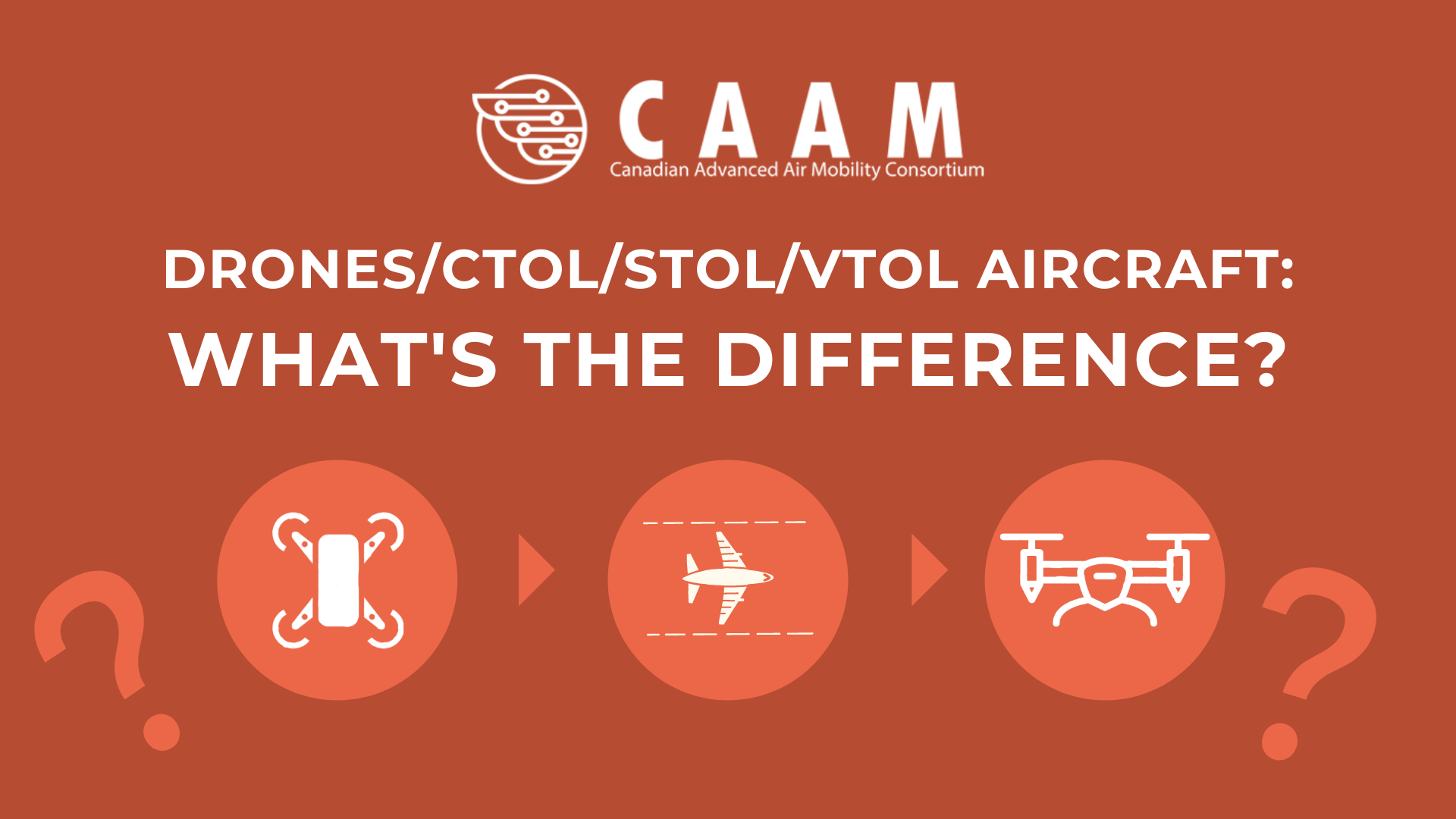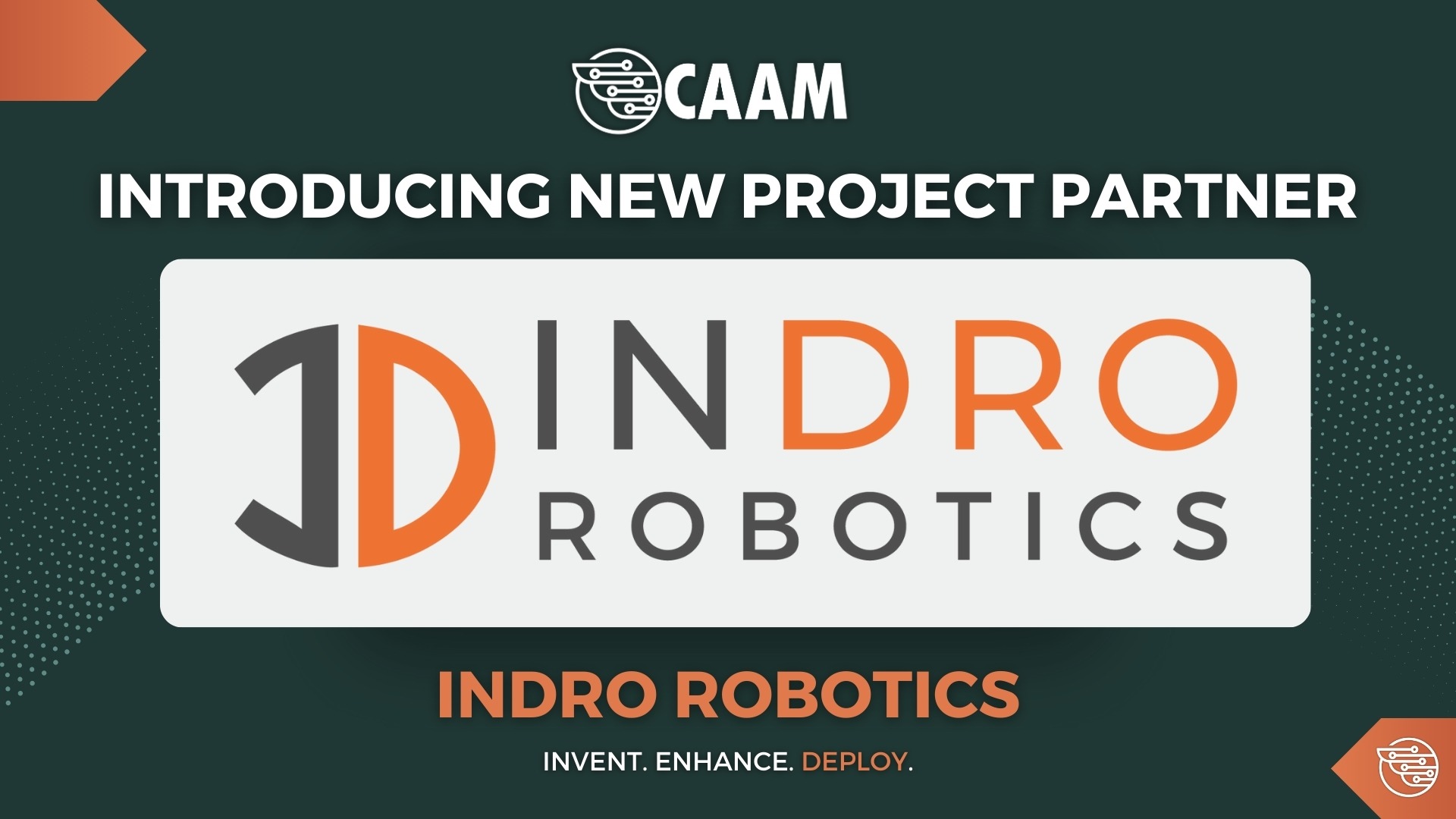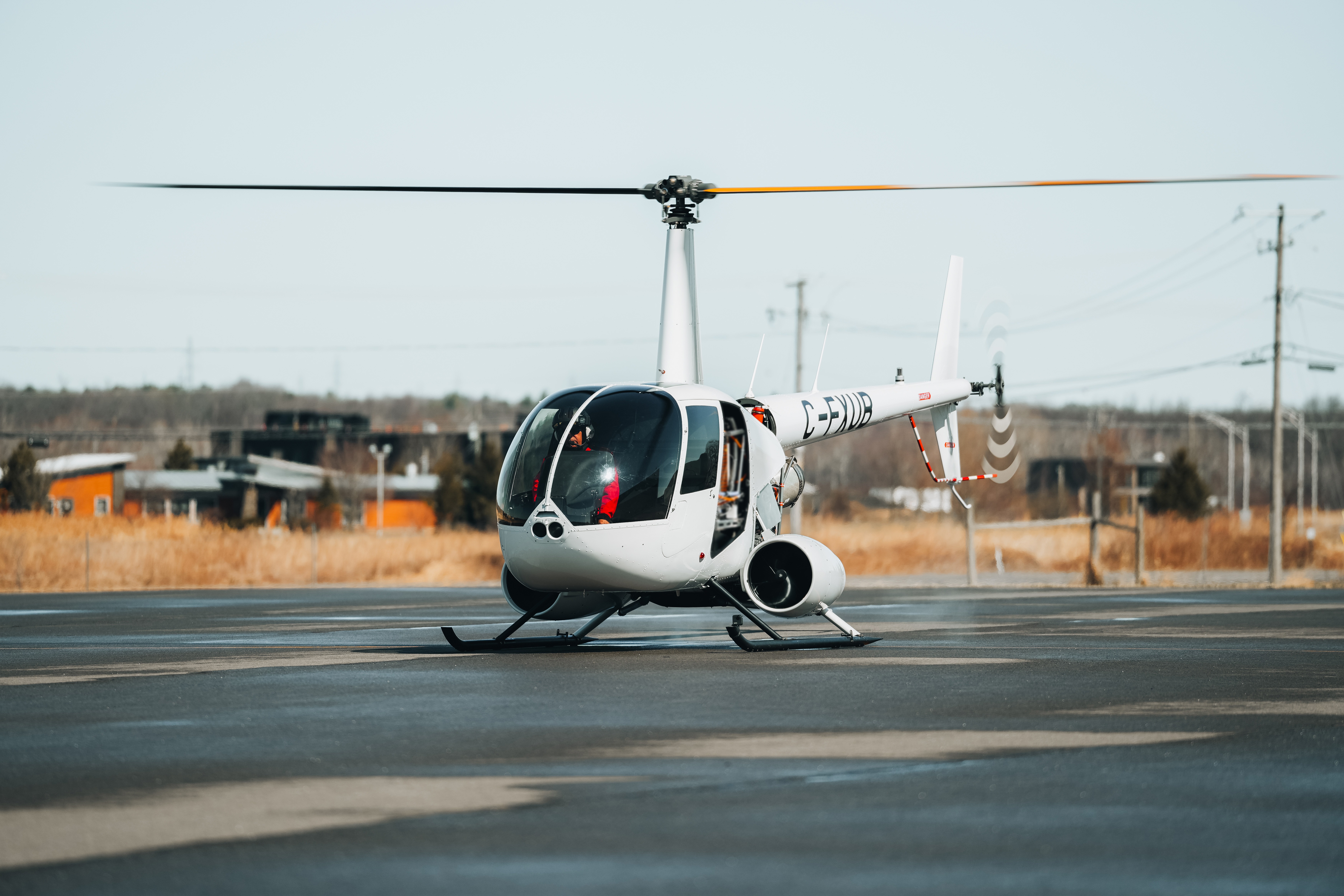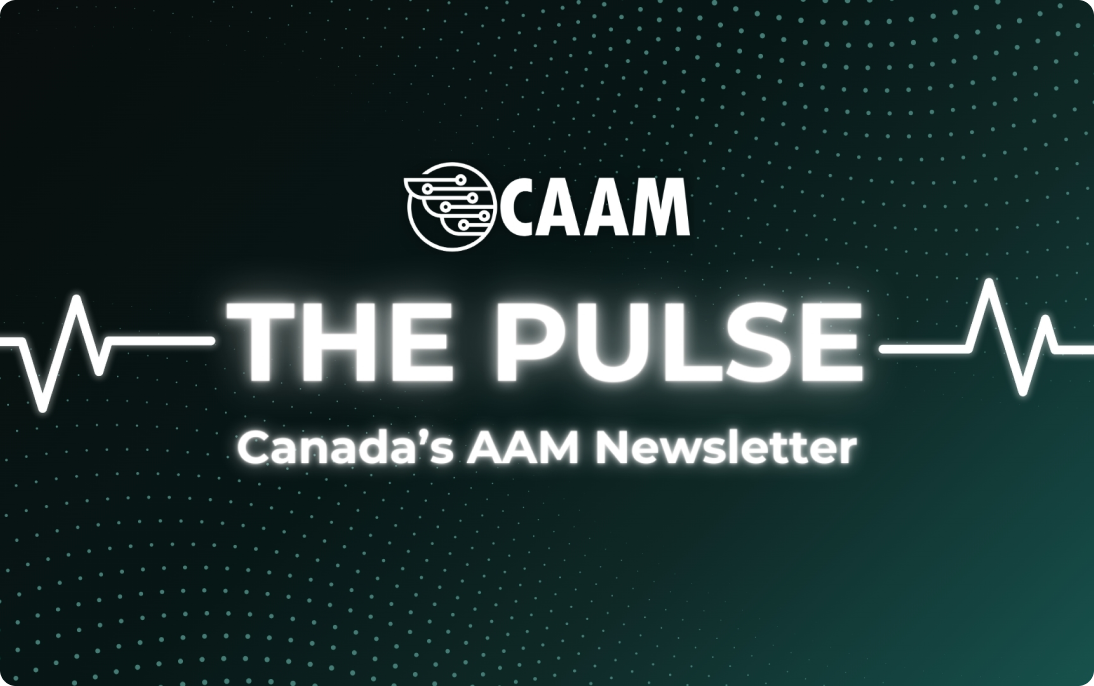 Drone, CTOL, STOL, VTOL, this alphabet soup is everyone’s first barrier when entering the Advanced Air Mobility (AAM) world.
Drone, CTOL, STOL, VTOL, this alphabet soup is everyone’s first barrier when entering the Advanced Air Mobility (AAM) world.
It’s normal to start researching AAM and think it’s possible to summarize the topic as “electric drones” and assume that this term includes everything.
But the reality is a little more complicated than that. Let’s look at what is different about each of these terms.
Drone
“Drone” is the generic term for any uncrewed—the term has recently switched from unmanned to be more inclusive—aerial vehicle. In the day-to-day, people use the word “drone” to refer to every remotely piloted aircraft, from small ones (that are the size of a hand) to bigger ones (that can transport goods).
What differentiates drones from the other aircraft in this article is that they always contain a Remotely Piloted Aircraft System (RPAS). Drones will never have an onboard pilot. The range in which the pilot can control the drone will vary from model to model, with the simplest RPAS allowing the controller to be only a few meters away from it, while the most advanced allow for control between countries.
Drone Delivery Canada’s smallest drone, Sparrow, has a max range of 30 km, a max speed of 80 km/h, and can transport up to 4.5 kg. Its eight electric motors power a four rotorcraft that generate a take-off/landing noise of 100 dB (it’s roughly as loud as a lawnmower) and a 70 – 90 dB noise during flight (something between a vacuum cleaner, a kitchen blender, and a motorcycle about eight metres away).
InDro Robotics’ drone InDro Wayfinder is an electrical quadcopter drone with a max flight time of 50 minutes, a max speed of 55 km/h, and can carry 15 kg. InDro Wayfinder’s most common use is for shooting pictures and recording videos. Its range goes from quick-release (an easy mount-and-release solution to various payloads) units to initially designed for full-size helicopters LiDAR sensors. LiDAR is an active system that uses ultraviolet, near-infrared light to image objects without needing external light) and even cinema-grading LED lights.
Drones are AAM’s most important tool in the near term future. Even though they still have a lot of critical challenges, such as regulations, safety, security, range, speed, noise, they are already present in the day-to-day and Academia, Government, and Industry are aware of the challenges and possibilities they offer.
CTOL
Conventional take-off and landing (CTOL) are fixed-wing aircraft that need a runway to take off and land. In short, CTOLs are the types of airplanes most people think about—the ones you see at airports or in bodies of water (seaplanes). Unlike drones, CTOLs may have a pilot and a crew.
When talking about CTOLs in the AAM context, there are two main categories: new fixed-wing aircraft and retrofitted fixed-wing aircraft.
A retrofitted fixed-wing aircraft is what the name suggests, transforming a fossil fuel aircraft into a zero-emission aircraft—electric, hydrogen, or hybrid. It’s precisely like retrofitting a house to make it greener, more efficient and sustainable. And the best part is, it’s already happening—as you can see in this demonstration flight by Canada-based Harbour Air and its eBeaver.
Retrofitting has many pros, such as speeding up the process of reaching a zero-emission aviation future and speeding up the regulation and authorization process—because it’s an aircraft that already has permission to fly. But it also has some cons, such as the cost and the complexity of retrofitting.
But since the pros outweigh the cons, companies are looking at how to increase their retrofitting ability. For example, in December 2021, ZeroAvia and DeHavilland Canada announced a partnership to expand their retrofitting aircraft effort and proficiency. And more amazingly, their collaboration is to retrofit aircraft with hydrogen propulsion systems, not electric batteries.
The other CTOL category is the new fixed-wing aircraft. Here, companies will create from scratch a zero-emission aircraft. Through its ZEROe initiative, Airbus leads the way to new fixed-wing aircraft for commercial use. The European multinational plans to have its first zero-emission commercial flight in 2035. And they’re developing three different aircraft models to reach this ambitious goal.
The key challenge zero-emission CTOLs face undoubtedly is range. CTOLs will have to face very long trips with one charge to be commercially viable. Will electric batteries and hydrogen fuel cells be ready to fly for hours and hours in 2035? Right now, there’s no way to know for sure. However, technology progresses faster than ever, and with an industry leader like Airbus heavily investing in R&D, 2035 might not be that far off an estimate.
CTOLs, especially those in the new fixed-wing aircraft, are part of the long-term intercontinental AAM future.
STOL
STOL stands for short take-off and landing. STOLs are fixed-wing aircraft like CTOLs but often smaller and can take-off and land in very short distances.
The smaller size represents a colossal advance for regional and urban air mobility. STOLs don’t necessarily need a large runway to take off and land. Electra Aero STOL needs only needs 30 metres to take off and land and has built-in battery charging to charge batteries during flight. Because of that, it could take off and land multiple times from the rooftop of a building—because it doesn’t need a runway nor a special infrastructure to recharge.
Because STOLs don’t need airports or the same length of conventional runways, they’re perfect for travelling to hard-to-reach communities. Traditional STOLs aircraft are used daily in the Canadian North and Alaska.
That’s why STOLs could serve as the first phase of the mid-term solution for zero-emissions flights, with daily zero-emission flights starting by 2025 in Canada. STOLs are the crown jewel for AAM Regional Air Mobility (RAM).
The current challenge that STOLs commonly face are batteries. If you live here in Canada and have a vehicle, you know that our cold weather can make your batteries not work as well during the winter. The manufacturers of these STOL aircraft know that most batteries change their capacity depending on the temperature. This concern becomes even more significant at higher altitudes where temperatures are lower. But environmentally sealed batteries already are a reality.
VTOL
Vertical take-off landing (VTOL) don’t need runways to take off and land. Because of this ability, VTOLs are the missing key to allowing aircraft to fly in places where there isn’t space for a runway, such as within a city. Since VTOLs need far less infrastructure, every building and parking lot could have a vertiport—airport/heliport for VTOLs. And the best part is that Government and Industry can integrate vertiports into existing airports, heliports, buildings, parking lots, etc.
VTOLs can be piloted remotely, like a drone, have an onboard pilot, like Beta’s ALIA, or even be completely autonomous, like Wisk’s Cora.
VTOLs face many challenges, but one of the biggest is ensuring safety. Government regulators need to ensure that these aircraft can safely fly before approving them for use. If a VTOL aircraft was to have a system malfunction, the consequences in a city could be significant. That’s why all companies worry so much about safety, and that’s why VTOLs, especially the autonomous ones, are the second phase of the mid-term AAM solution—the expectation is having the zero-emission VTOLs commercially flying throughout Canada by 2030.
To summarize
Drones are typically small aircraft and contain a Remotely Piloted Aircraft System, RPAS. They have many uses and are already operating in Canada.
Conventional take-off and landing (CTOL) are airplanes that we’re used to seeing in airports; they need a runway to take off and land. The zero-emission versions can be either retrofitted (transform a fossil fuel aircraft into an electric, hydrogen, or hybrid one) or new (an aircraft that never flew using fossil fuels). CTOLs are the long-term future—about fifteen years from now.
Short take-off and landing are aircraft that don’t need too much space to take off and land nor a massive infrastructure; this makes them ideal for transportation between hard-to-reach communities such as Canadian North and Alaska. STOLs are the first phase of the mid-term future—about three years from now.
Vertical take-off and landing can go up and down with no runway. Those aircraft may be piloted (remotely or onboard) or autonomous. VTOLs are perfect for transportation inside cities because of vertiports and their take-off and landing characteristics. VTOLs are the second phase of the mid-term future—about ten years from now.
If those dates made you feel a little blue, click here to read JR Hammond’s expectation of all great things that will happen in the AAM world in 2022.
If you want to know more about how CAAM helps fast-track AAM in Canada, click here.
To learn more about AAM, check CAAM’s Comprehensive Guide to AAM by clicking here.
To understand the importance of a zero-emission future, read CAAM’s Tripple Botton Line approach.
By Giovani Izidorio Cesconetto



